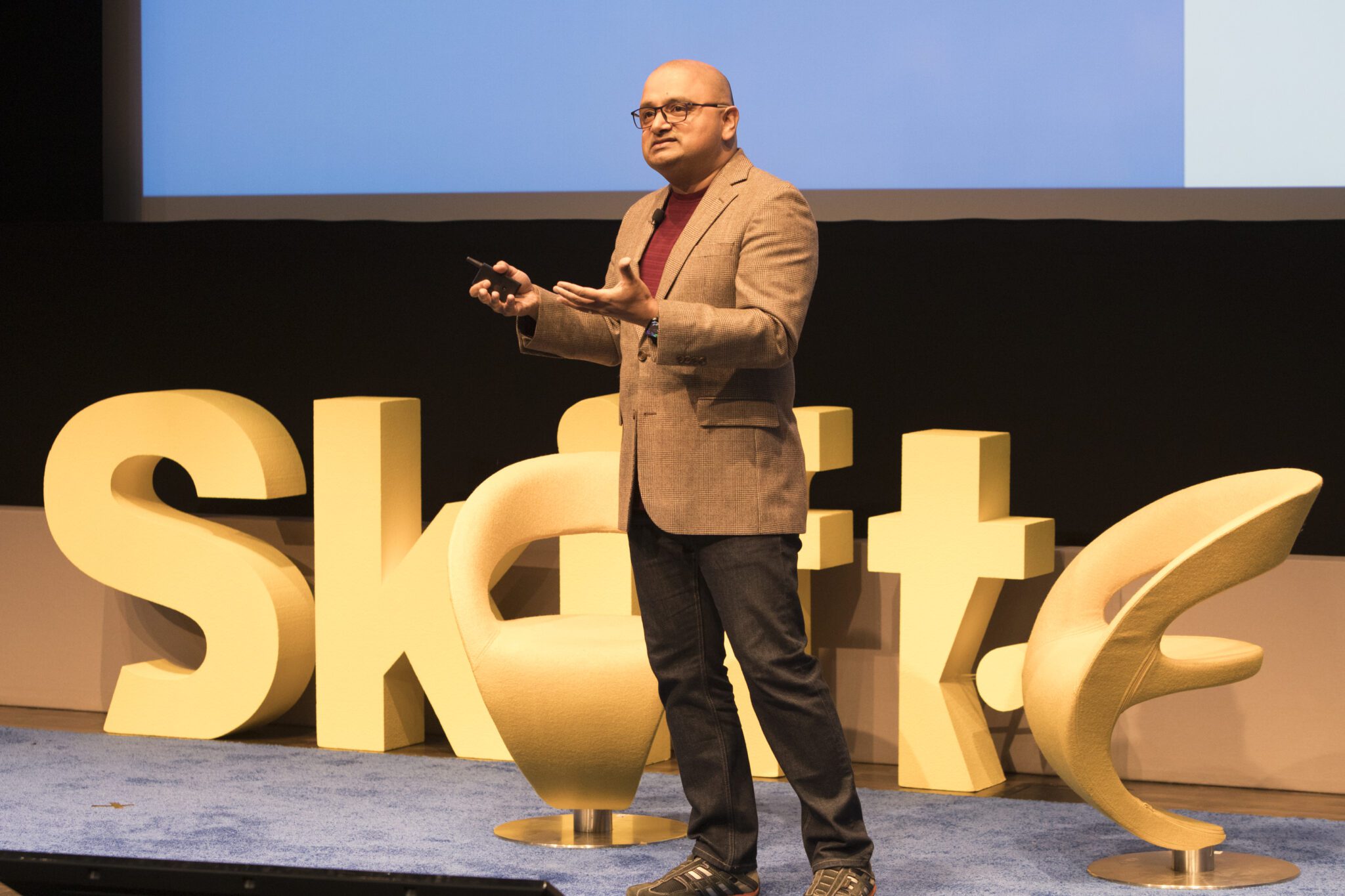A Deep Dive Into Crafting a Data and AI Playbook in Travel

Skift Take
Like any emerging technology, AI is not a foregone conclusion. Realizing its full potential in travel will require bold action within companies and collaboration between them.
Following the inaugural Skift Data and AI Summit in New York City earlier this month, I am hopeful about how the whole travel industry can embrace AI. It was great to see common themes emerge throughout the day, both on stage but also in the conversations among the attendees.
“AI is only as good as the data that feeds it” was a common theme at the summit. It is clear to me that this statement needs one important append: AI is only as good as the data that feeds it and the human ingenuity that drives it.
We have to make the effort to engage, learn and unlearn with AI. It is our individual and collective conviction that will shape how travel embraces and unlocks value from AI.
I outline below five questions to consider as we pursue Data and AI initiatives in travel. The goal of these questions and their underlying recommendations is not to predict the future of AI. Instead, it is to frame the Data and AI opportunities in travel realistically.
1. What Is the Right Approach to Get Started?Commit to learning along the way
Despite all of the AI developments announced almost daily, in reality, we are at the very beginning of the AI era.
We don’t know what we don’t know. We have to learn, experiment, and accept that there will be setbacks, missteps, and failures. Our practices and assumptions will evolve. This is especially true in how we evaluate and allocate resources to AI initiatives.
Plan ahead and be flexible for multimodal and multi-model AI
It is already clear that AI models are proficient in changing between text, speech, and vision as needed to be effective and relevant — hence, they are multimodal. It is also possible that different AI models will excel at certain tasks better than others.
The projects we develop need to recognize this multimodal and multi-model approach. We have to be flexible in how users might want to interact because their behaviors might chang
